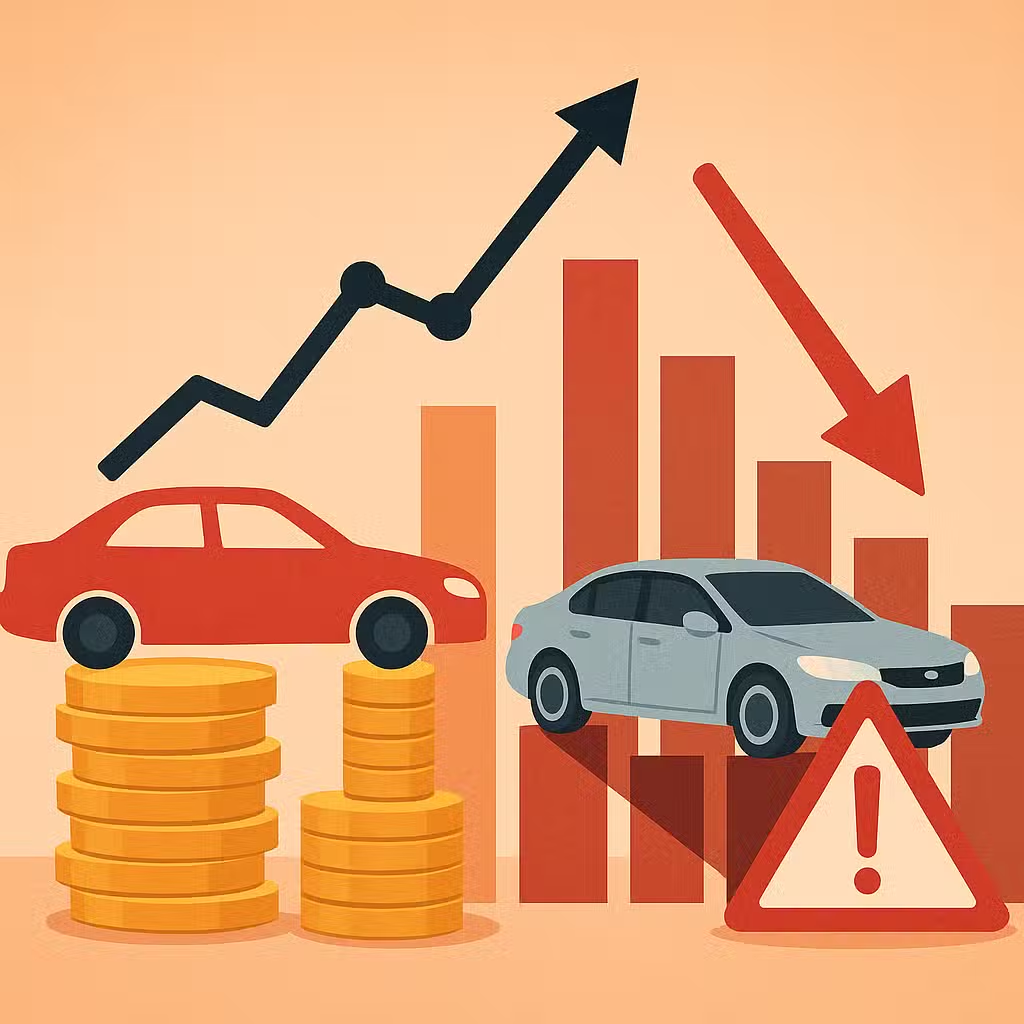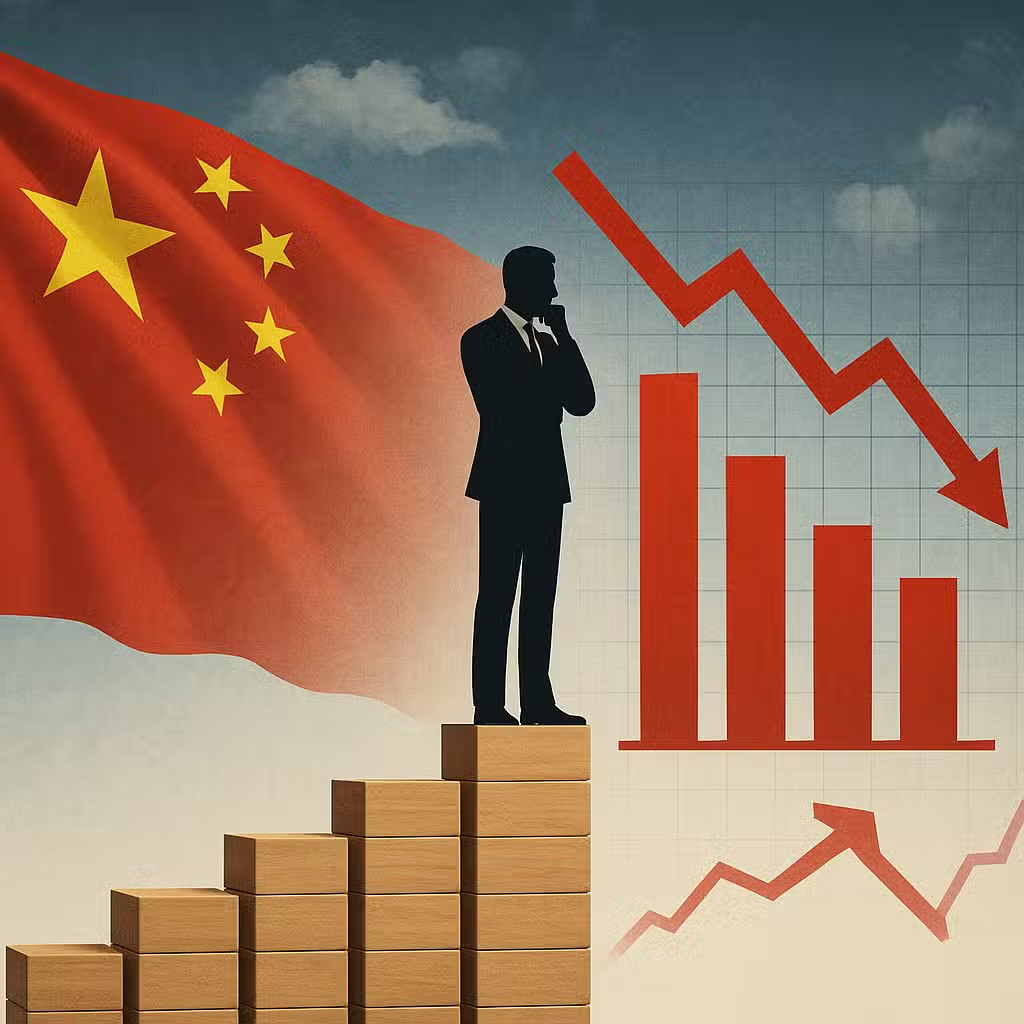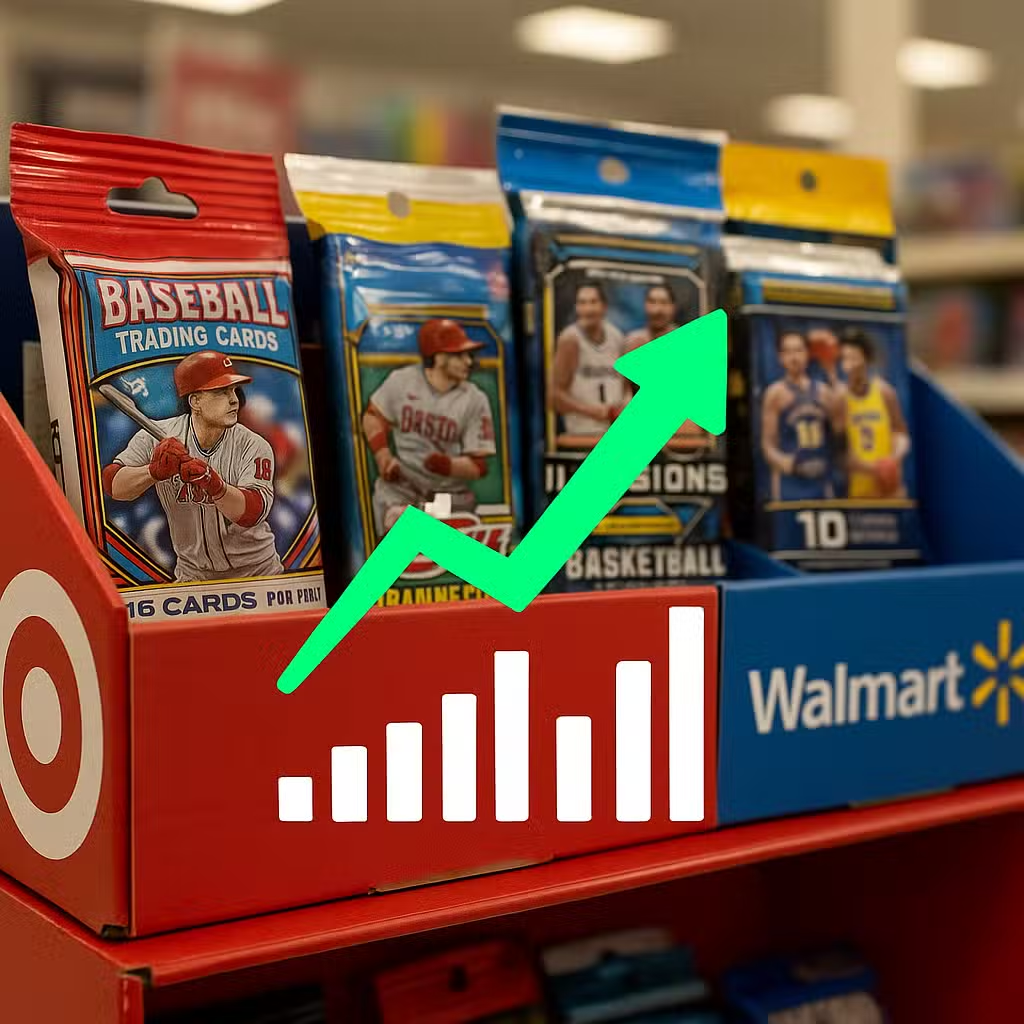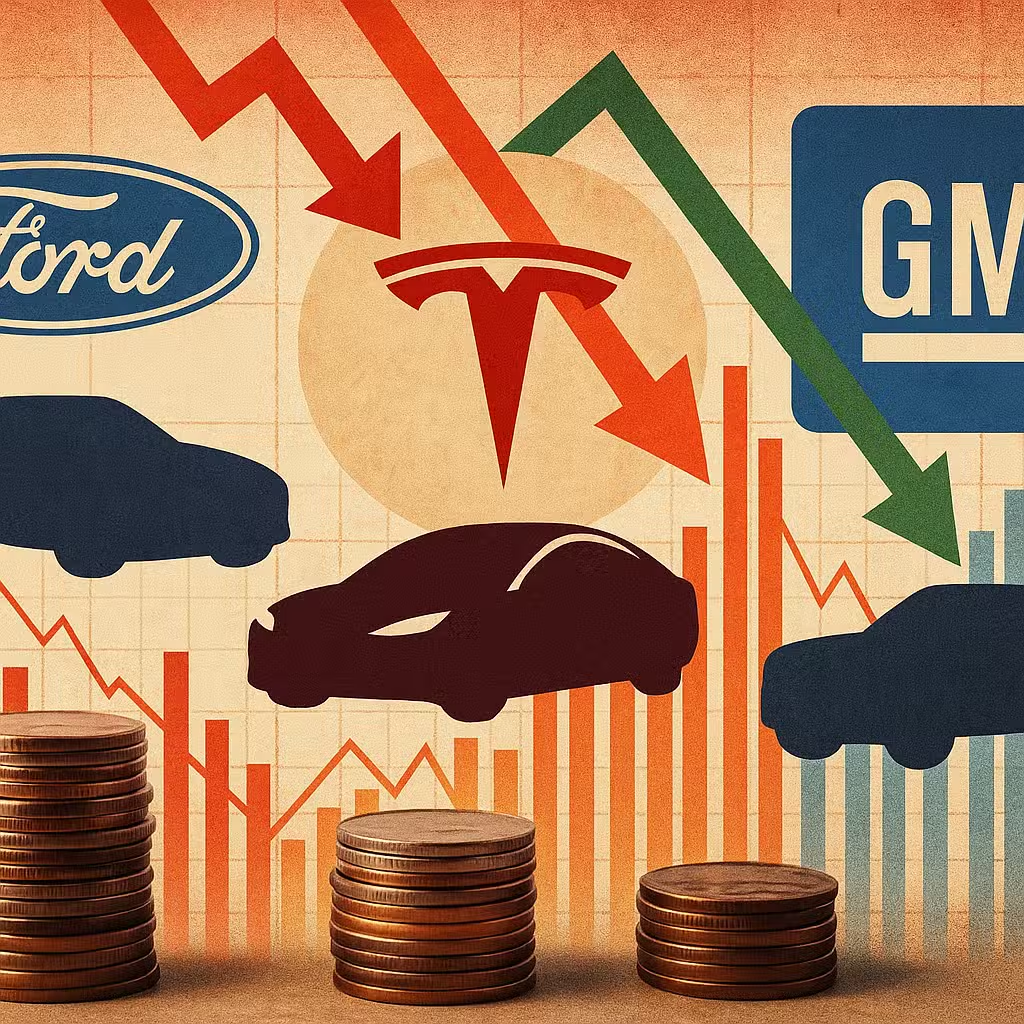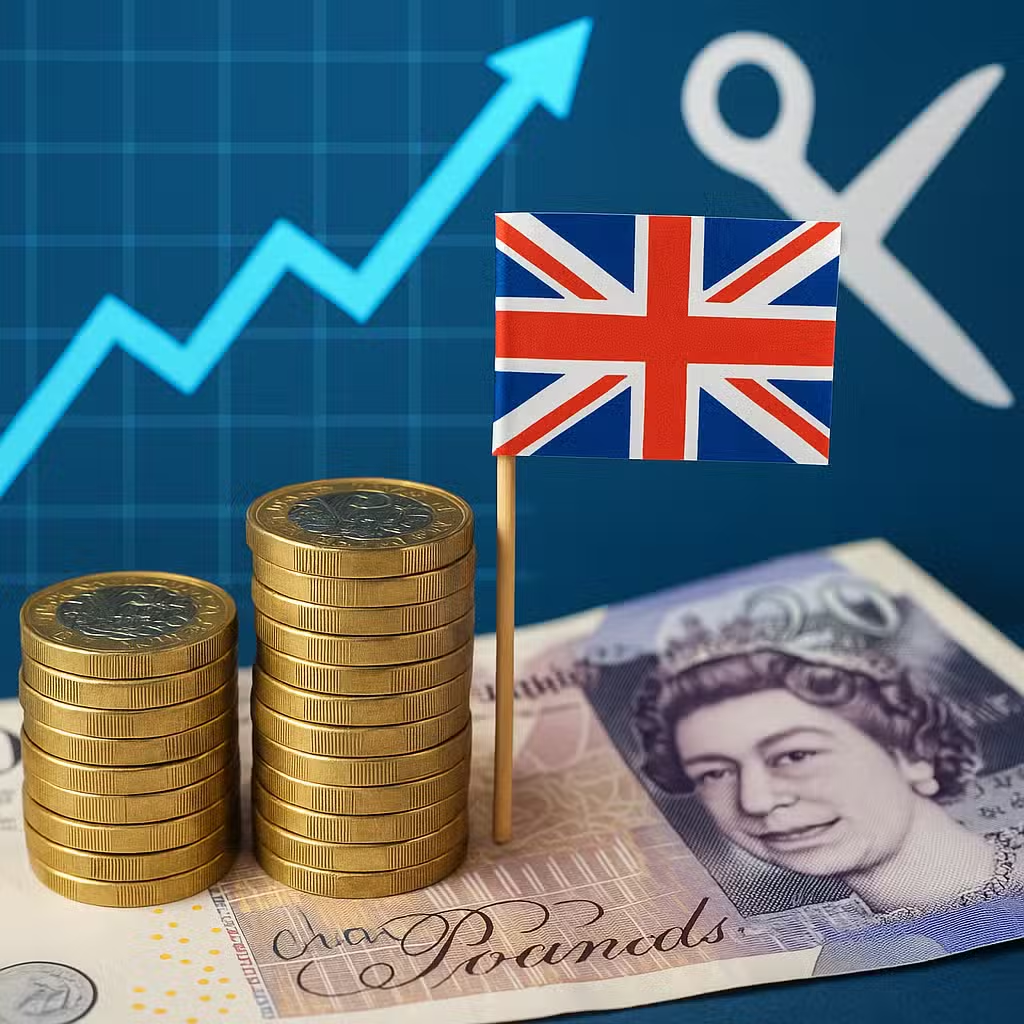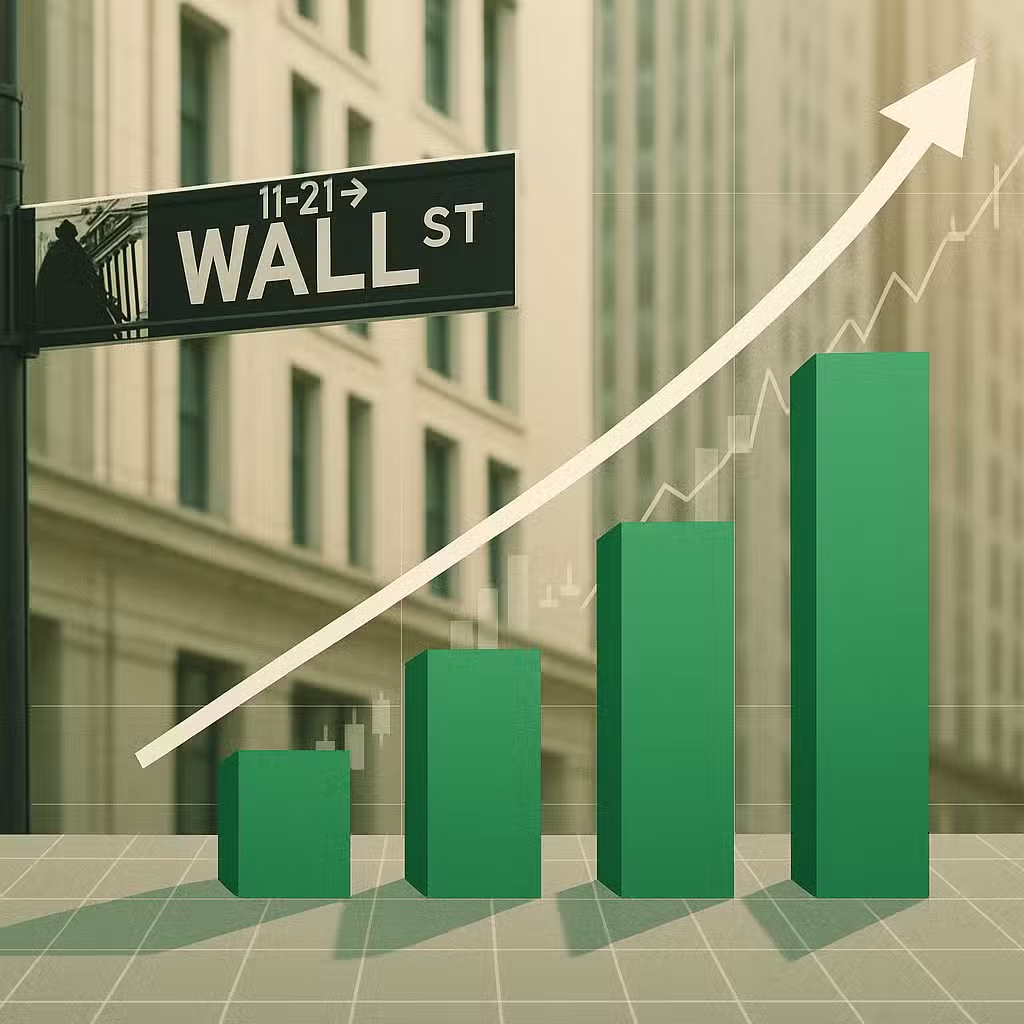Rising Car Prices and Loan Defaults Signal Challenges Ahead for Auto Market Investors
Imagine going to a pizza shop where the biggest, fanciest pizzas keep getting more expensive, and only some people can afford them—while others have to settle for leftovers or nothing at all. That’s what’s happening in the car market right now, and it could affect your investments.
What’s Happening in the Car Market?
For the first time ever, the average price of a new car in the U.S. went over $50,000 last month, according to Kelley Blue Book. That’s a record high. Wealthier buyers are still shopping for new cars, but people with tighter budgets are either buying used cars—or not buying at all.
This is a big sign of what experts call a “K-shaped” economy. That means people with more money are doing well, while those with less are struggling more than ever. The car market is showing this split in a big way.
Why Investors Should Care
If you invest in car companies, banks, or even the stock market in general, this news matters. Here’s why:
- Car makers may sell fewer vehicles overall, but they sell more expensive models to wealthier buyers.
- Banks and lenders face more people missing car payments, especially those with lower credit scores.
- Some sectors, like electric vehicles (EVs), are still hot—helped by tax breaks that won’t last forever.
The Bull Case: Reasons to Be Upbeat
- Luxury and EV sales are booming: Wealthier buyers are snapping up electric cars, which cost over $58,000 on average. Sales spiked as people rushed to buy before a $7,500 federal tax credit expired.
- Strong demand keeps profit margins high: Car companies are making more money per sale, especially on high-end models.
- Stable credit for top buyers: People with good credit are mostly keeping up with their car payments, according to Fitch Ratings.
The Bear Case: Reasons to Be Cautious
- Loans are getting harder to pay: The average auto loan rate is about 9%, but for people with bad credit, it’s as high as 18–20%.
- More people falling behind on payments: Over 6% of subprime auto loans are at least two months late—a record high. Even people with better credit are missing payments more often than before the pandemic, says the New York Fed.
- Auto debt is piling up: Americans owe more than $1.66 trillion on their cars, notes the Consumer Federation of America. Complaints about auto loans are at record highs.
- Some lenders are in trouble: High defaults recently caused a subprime auto lender, Tricolor, to collapse.
Historical Context & Extra Data
This split isn’t new, but it’s getting worse. After the 2008 financial crisis, car prices also jumped, but not this fast. According to J.D. Power, nearly 1 in 5 new car buyers now pay $1,000 or more per month—almost double the rate from just five years ago. That’s a huge strain for many families.
Investor Takeaway
- Watch for trouble in auto lending: Rising delinquencies can hurt banks and lenders. Consider your exposure to these sectors.
- Look for opportunities in luxury and EV markets: These areas are still growing, but be careful of overpaying for hot stocks.
- Pay attention to consumer health: If more Americans fall behind on car payments, it could signal trouble for the wider economy.
- Diversify your portfolio: Don’t bet everything on one part of the car market, since fortunes can change quickly.
- Keep an eye on interest rates and government incentives: Changes here will shape who can buy cars—and which companies win or lose.
For the full original report, see CNBC

